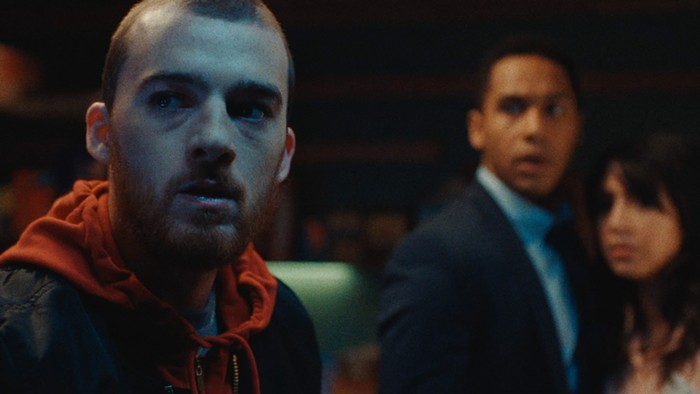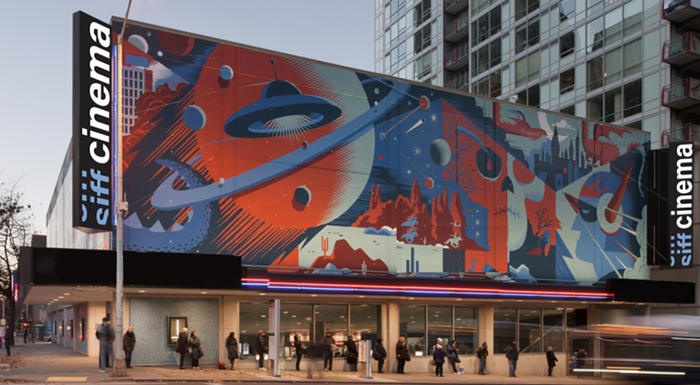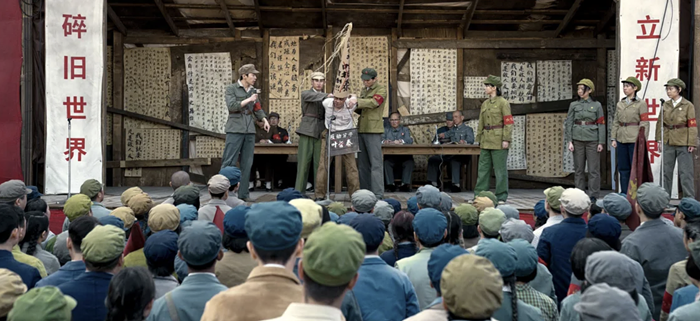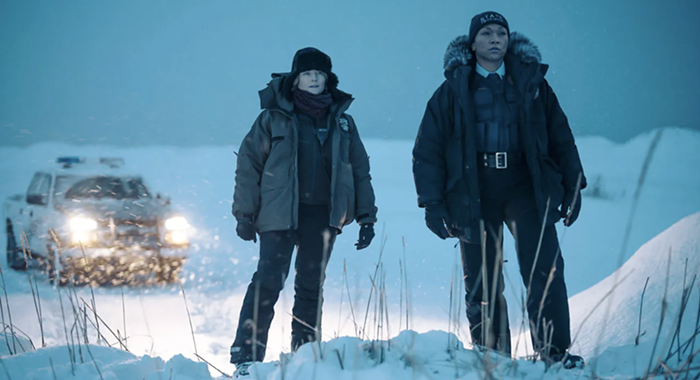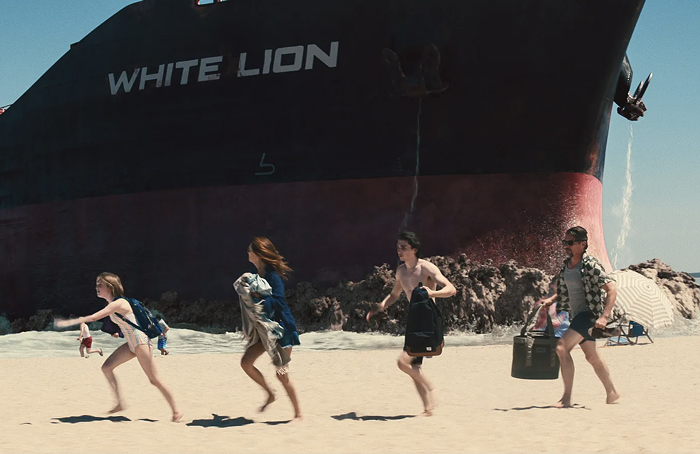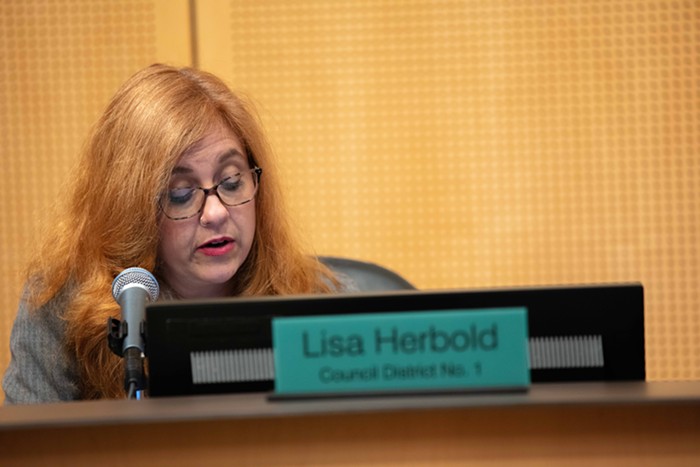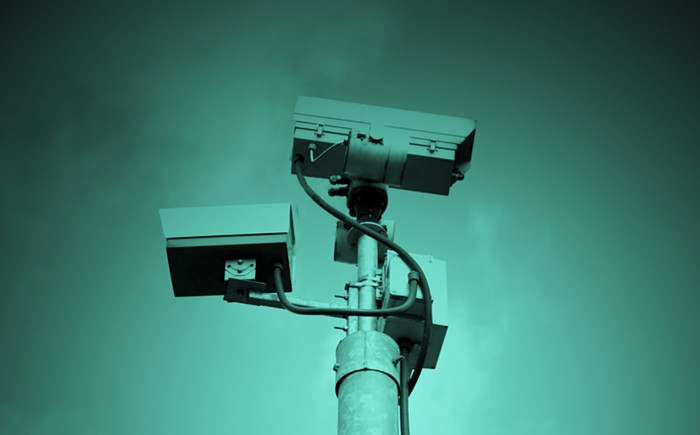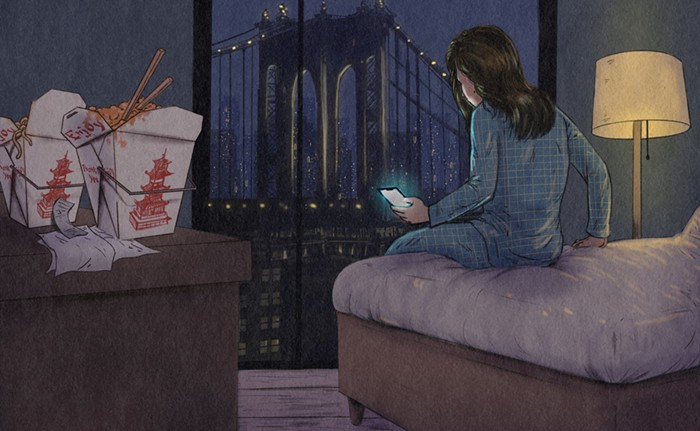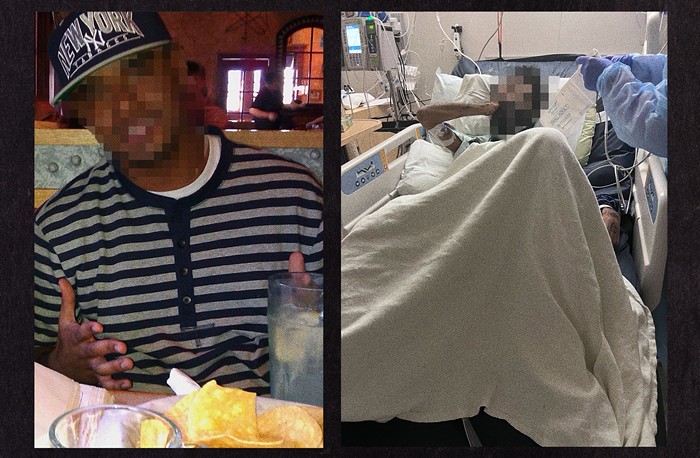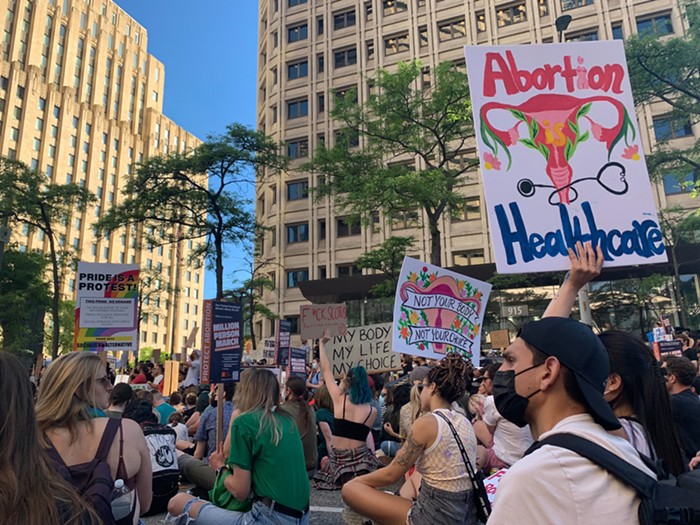Nadine is a type of teenage girl you’ve never seen before. She’s weird. She has dark eyes and sort of curly hair. All the kids at school hate her because she’s very mature and kind of mean. She likes old movies and music. She is convinced that she has bigger and more serious problems than any of her peers.
In a way, that’s true. Her dad died suddenly when she was 13, and her family’s sanity and strength took an understandable hit. Nadine is in many moments entirely predictable, and in others complex, burdened, and endearingly strange. The Edge of Seventeen, an R-rated coming-of-age movie full of sass and sweetness, excels at embracing stereotypes and tropes—then immediately destroying them with funny and surprising writing.
Seventeen has got all the trappings of a classic teen movie including sibling rivalry, an out-of-control party, and a love triangle with a nerdy sweetheart and an alluring bad boy. It feels almost like a John Hughes hit, but clearly updated for 2016, complete with the use of “dumpster fire” and an embarrassing sexting mishap.
The script is very strong, and the performances are equally impressive. Hailee Steinfeld manages to do the near-impossible: She portrays Nadine as an angsty and dramatic teenager while also making the audience root for her. Woody Harrelson plays a sarcastic history teacher who doesn’t put up with her bullshit but (deep down) loves her emotional rants and cares deeply about her life. As Nadine’s mom, Kyra Sedgwick is bumbling and loving, a little out of touch but with her heart in the right place.
The Edge of Seventeen is fun and fast-paced—an easy, amusing watch with unexpected depth. It deals equally well with the shocking and the mundane, making it clear that whether a teenager’s problems boil down to petty high-school drama or debilitating grief, their feelings are valid and human. ![]()

